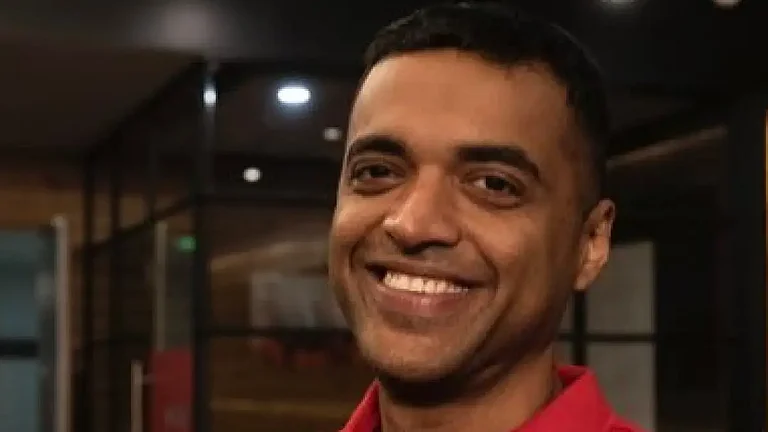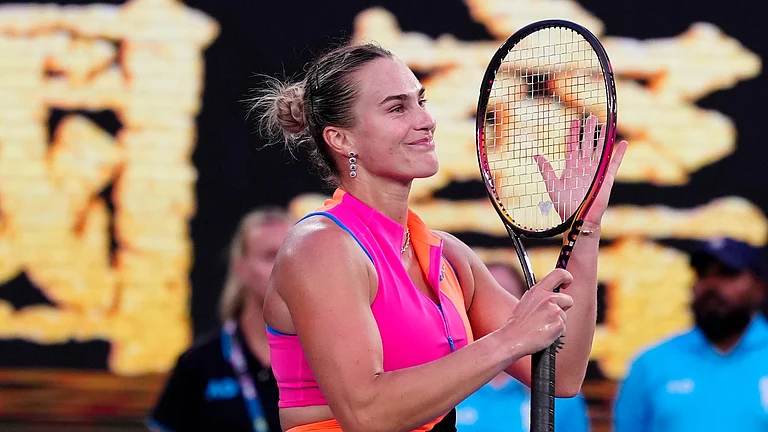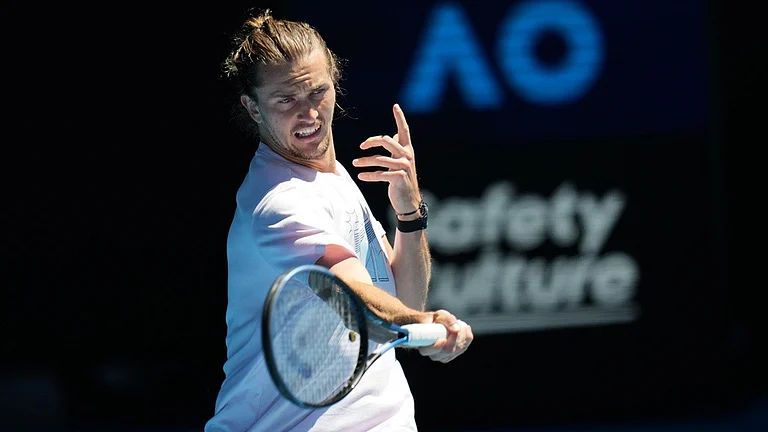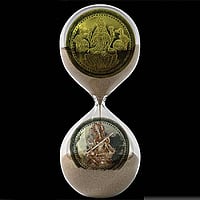At an international conference of children’s storytelling, a puppeteer from India was stopped from telling the story of Ganesha’s birth because the organisers found the story too violent. This story from Shiva Purana has been retold in India for hundreds of years, but no one saw it causing child trauma. But in an international context, dominated by Western organisers, the idea of Shiva cutting Vinayaka’s head and replacing it with that of an elephant, was seen as triggering. The same organisers were asked if they would tell the story of the birth of Jesus Christ, where a virgin is told she is pregnant with God’s child. The organisers had no problem with that, until the puppeteer argued that it is a tale where a woman’s consent is assumed by a patriarchal god. Should children be protected from stories that normalise lack of woman’s consent? Atheists argued that both stories should not be told as they talk of supernatural beings and thus can adversely affect a child’s scientific temperament. Then there were gender activists fuming that the conference seemed to have privileged the binary over the queer, so as not to offend Islamic nations participating in the conference.
You cannot please everyone. This we know. But you cannot please anyone. That seems to be the norm today, as everyone attributes agenda to every decision, to every act of commission and omission.
Education is a powerful tool of indoctrination. It has been so since civilisation began. We would like our children to have an open mind, until we realise an open mind may not work in our favour. Independent children are not adequately obedient. They challenge, push back, argue, even defy. So, their minds are crafted carefully so they follow the family or tribal norm.
Every tribe tells stories that ensure compliance to tribal rituals, and veneration of tribal gods and ancestors. It is key to the integrity of a tribe. Around the world, tribal children are being ‘mainstreamed’ and sent to ‘regular’ schools—where they are taught about liberty, equality and social justice. In other words, they are being indoctrinated in a worldview that is different from the traditional tribal worldview. This is true of the Inuit in America, Masai in Kenya, Bhils and Gonds of India. They are learning new languages and skills, about new gods and religious orders. When they go back to their villages, will they feel part of the old tribal way—or different? Will they align, or defy, or simply move away, taking up government jobs, marrying spouses from other communities, travelling to other cities and countries, remembering tribal rites and beliefs by writing nostalgic novels? Education is a powerful tool to erode tribal culture. It is used forcefully with a rhetorical argument: would you rather they are not educated? Yet, in schools, there is not a sign of the tribal language, customs, beliefs or history. But there are lots of stories about the national language, national customs, national beliefs, national history. The tribe gets diluted in the well-meaning cauldron of the nation.
The Indian curriculum was designed to be Delhi-centric, even though Delhi became an important city less than a thousand years ago with the rise of the Delhi Sultanate and later the Mughals. Children’s history textbooks focus so much on the Indian national movement that regional kings often get overshadowed. There is more focus on Maratha, Sikh, Rajput and Vijayanagar kings, but hardly any on the kings of Kerala, Assam, Odisha or Kashmir. No one wants to talk about Brahmin, Buddhist and Jain migrations from North India to South India, for fear that it might promote the Dravidian movement. Even in the pre-historic period, so much weight is put on Aryan invasions/migrations from the West—because of its political implications in Hindutva circles—that hardly any attention is paid to the Austro-Asiatic migrations from the East, that made rice cultivation a staple in India.
India’s right wing wants to promote Indian culture through education. But it’s a particular kind of Indian culture, one that does not say anything critical about the past. The left wing, on the other hand, wants to do the very opposite—only criticise Indian culture, repeatedly point to caste excesses, military crimes, state corruption, patriarchy, etc. Both include and exclude stories as per convenience.
Recently, a minister declared that engineers must be taught Ramayana and Mahabharata to instil Indian culture. For the minister, Ramayana is the one written by Tulsidas in Awadhi 500 years ago. But why should a Tamil engineer learn a North Indian Ramayana, when there are many Ramayanas in Tamil? Shouldn’t students in Madhya Pradesh be taught Valmiki Ramayana, with a special note on how the geography described in the Sanskrit work suggests the story took place north of the river Godavari? And should Indian students be exposed to Sarala Das’s Odia Mahabharata, one of the earliest regional versions of the great epic? There isn’t any one Ramayana or Mahabharata, there are different regional versions. Should all regional versions get the same importance? Should the popular be privileged over the unpopular? The Hindutva brigade often imposes Hindi and North Indian literature at the cost of regional ones, assuming that Hindi literature is Indian literature. Why are students of Northeast India being told that Ramayana and Mahabharata are the essence of Indian culture? Why aren’t tribal stories from Meghalaya, Mizoram, Arunachal Pradesh and Nagaland not being promoted as tributaries to Indian culture too?
The Left introduced Dalit literature into the Indian curriculum. Forgotten voices were finally heard. But the stories had to have a particular tone—about oppression—as if Dalits have no other stories. We are told about Dalits as if they are a homogenous group. And so, hundreds of micro- cultures, with their own unique customs, beliefs and ideas, are neglected in the name of anti-caste narratives. At the same time, Islamic mythology was not given the same privilege as other mythologies. Children in Indian schools are exposed to Greek and Norse mythology, even to Arthurian legends. Many have even been exposed to stories of the Bible from the Old and New Testaments, in various ways, but no Indians has been told the Islamic versions of these stories—of prophets such as Nu, Ayyub, Yunus, Yakub, and of djinns and pirs who travelled on flying carpets, fought difficult kings and established Islam in India. Will teaching these stories be seen as proselytisation? Will Sunnis allow children be taught the Shia version of Islamic history?
Every story has a hero, a villain and a victim. The left seems to focus on revenge, as it retells stories of oppression to its children, to make the powerful and the elite squirm in guilt and shame. The right prefers glory, as it wants its children to feel heroic, and so goes to the extent of telling stories that distort history entirely, showing ancestors as winners even in wars where facts reveal they clearly lost, perhaps even behaved in a cowardly way. The victims meanwhile remain victims, as the battle between those who wish to punish villains and praise heroes continue. Both indoctrinate, but argue the other is wrong and biased. As for children, they find refuge in the government-approved equivalent of TikTok, where a different kind of truth is shared.
(Views are personal)
ALSO READ
Devdutt Pattanaik, The writer is an author, folklorist and mythologist.

























